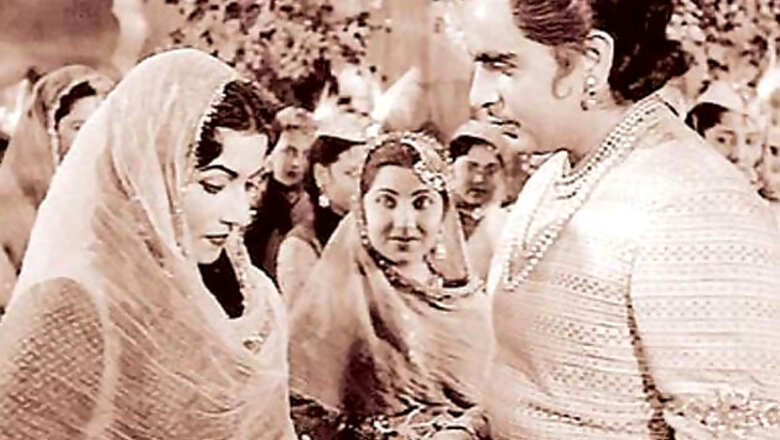
views
Mumbai: Madhuri Dixit's eye-catching purple saree in 'Hum Aapke Hai Koun', Preity Zinta's bespectacled look in 'Kal Ho Naa Ho' and Aishwarya Rai's traditional lehengas in 'Jodha Akbar' hogged the limelight, all thanks to costume designers who worked to create a certain impact in a film.
Even in the silent era, filmmakers paid close attention to costumes of every character. The attention to finery scaled up when cinema turned to colour from black-and-white. Exclusive and intricately designed costumes have today become one of the key aspects of making a film.
"The look of an actor has to be appealing as it is one of the reasons to help pull the crowd. Importance has always been there on costumes as there is no look without costume designers," ace fashion stylist and costume designer Neeta Lulla told PTI.
Neeta has won national awards for styling in films like 'Jodha Akbar' and 'Devdas'. "The importance of costume is huge in any film, it helps the director create characters visually. Costumes can completely change the way a character looks in a film," said Rick Roy, who has designed for Bipasha Basu and Sonam Kapoor.
"Films have evolved and so has every technical aspect of film making. Every director tries to make his characters look distinct and believable and costuming is one of the integral parts of that process," he said.
Echoing a similar view, designer Archana Kochhar said costumes adds value to the appearance. It changes the look of the film and on-screen presence of actors. The challenge is in creating new look for every film for the actors, she said. The designers say it is not only about giving the perfect look to heroines but also to heroes and villains.
Amitabh Bachchan's knotted shirt in 'Deewar' and his flamboyant get-up in 'Jhoom Barabar Jhoom' were much talked about, while Amrish Puri's look as Mogambo in 'Mr India' still stands apart.
"Dressing up men and women are different experiences. With men it is a basic parameter and you work around that, so it is challenging. For women options are more, it is a different sort of challenge," Roy said.
Explaining the procedure, producer Kumar Taurani says, "Since the time of 'Mughal-e-Azam' costumes have played an important part not only for the heroine but also for heroes.
They have to look good and apt on screen. "Besides the story, the look of the film also has to appeal to audience. We first brief the costume designer about the look (of actors) and accordingly they design," he added.
With filmmakers aiming to make their movies appealing and classy, they are keeping a budget for costumes as well. "Spending money randomly does not help but spending the right amount of money intelligently helps. Designers work on a
specific budget and it is not difficult as long as budgeting is correctly done according to characters," Roy, whose styling will be seen in Shirish Kunder's 'Joker' and Vikram Bhatt's 'Raaz 3', said.
"If your actress is supposed to be in a couture ball gown and budget assigned for the outfit is Rs 2,000 then that won't work. But most of the time budgeting is more or less done keeping in mind the requirements and little adjustments are
made here and there," he said.
Asked if filmmakers recover the cost that have been invested to give a perfect look to the characters, Lulla says, "Today styling for a character has become easy as designers have number of stores so we can bring in from there. Today things have become a bit easy for us."
"Over a period of time, the budget has also increased for costumes. Once the film is over, the costumes remain with production houses," Kochhar said. Producer Kumar Taurani is also of a similar view. "As the budget of the film increases, the budget for other departments including costume also increases. After the film is over, the costumes remain with production houses, or are auctioned," he said.











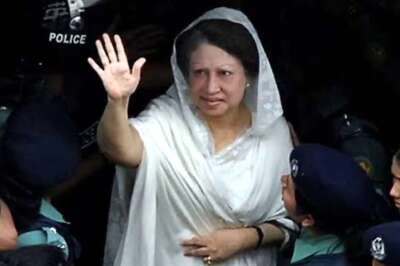
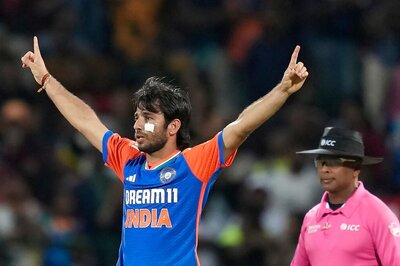
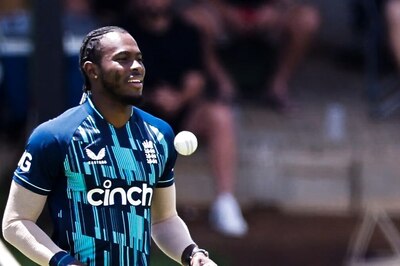
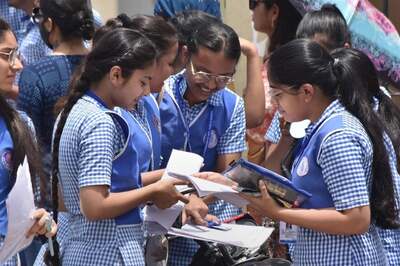
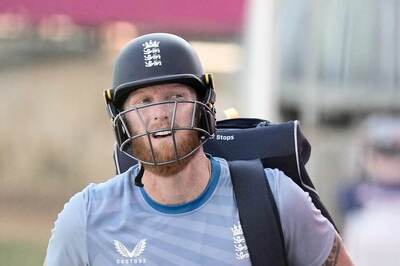

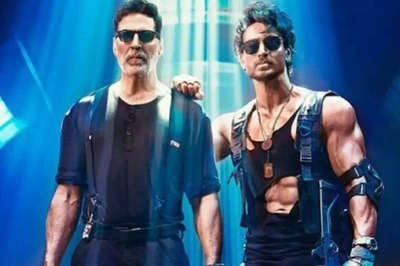
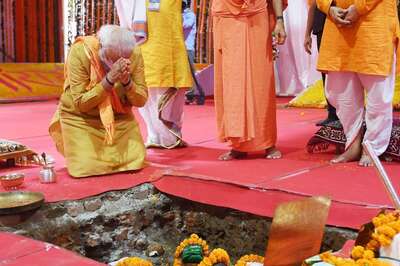
Comments
0 comment